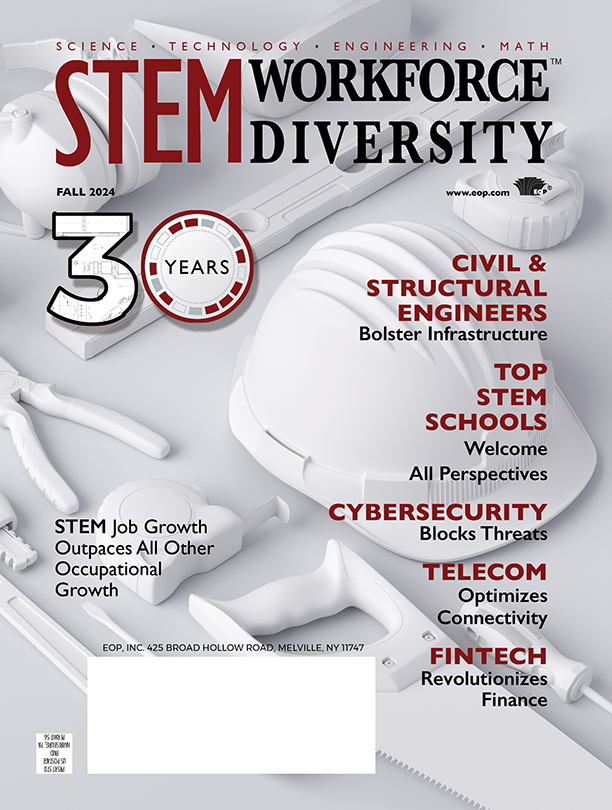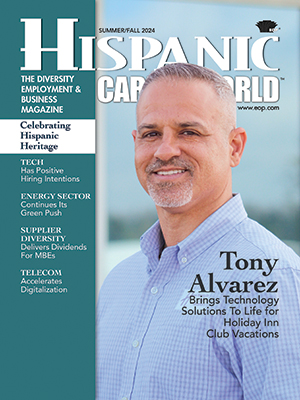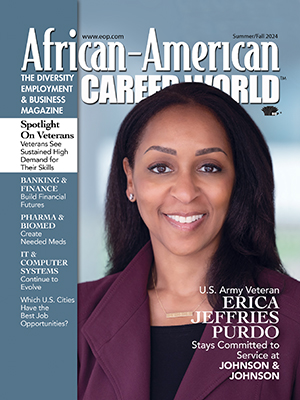More than 1 million federal employees have ranked their agencies on engagement and satisfaction for the most recent Best Places to Work in Federal Government survey conducted by the non-profit, non-partisan Partnership for Public Service (PPS) and the Boston Consulting Group. The pair recently released its 2023 survey results.
For the first time since 2020, federal employee engagement and satisfaction has increased, according to the survey, which, of course, also revealed the best places to work in fderal government.
For the 12th year running, National Aeronautics and Space Administration (NASA) grabbed the number one spot among large agencies, with the U.S. Department of Health and Human Services (HHS) coming in second. The Government Accountability Office (GAO) topped the mid-size agencies for the fourth year in a row. Participating in its first Best Places to Work survey, the National Indian Gaming Commission (NIGC) finished first among small agencies.
“The gains in federal employee engagement are promising and indicate that an intentional focus on the management of the workforce can make a difference,” says Max Stier, president and CEO of the Partnership for Public Service.
“A highly motivated, engaged and expert career federal workforce, a cornerstone of American democracy, is critical to a well-functioning government and the success of our country.”
Each year, PPS asks feds to rank their agencies on a scale of 0 to 100 on engagement and satisfaction. This year, the average score was 65.7, which was a 2.3 increase over the 2022 rankings. Additionally, more than 1 million federal employees participated this year, the highest total in the history of the Best Places to Work in Federal Government rankings.
In total, 532 federal agencies and subcomponents were included in the rankings. Among the 73 large agencies, 49 posted increases or remained steady when compared to 2022’s numbers.
While many agencies saw improvements, others saw declines. The National Science Foundation (NSF), which was second for mid-size agencies in the two previous annual rankings, dropped out of the top five.
The Social Security Administration (SSA) remained last among 17 large agencies and both the U.S. Department of State (DOS) and the U.S. Agency for International Development (USAID) dropped near the bottom of the rankings among large and mid-size agencies, respectively.
The Export-Import Bank remained last among 30 small agencies, and the Federal Bureau of Prisons was at the bottom of the subcomponents list.
Top Five Large Agencies
- National Aeronautics and Space Administration (NASA) – 82.5
- U.S. Department of Health & Human Services (HHS) – 75.2
- Intelligence Community (IC) – 72.6
- U.S. Department of Commerce (DOC) – 72.1
- U.S. Department of Veterans Affairs (VA) – 71.8
Top Five Mid-Size Agencies
- Government Accountability Office (GAO) – 87.2
- General Services Administration (GSA) – 84.5
- U.S. Securities & Exchange Commission (SEC) – 82.9
- Federal Energy Regulatory Commission (FERC) – 82.6
- U.S. Environmental Protection Agency (EPA) – 77.9
Top Five Small Agencies
- National Indian Gaming Commission (NIGC) – 93.6
- National Endowment for the Humanities (NEH) – 90.5
- Pension Benefit Guaranty Corporation – 88.1
- U.S. Office of Special Counsel – 86.2
- Farm Credit Administration (FCA) – 83.5
Top Five Subcomponents
- Office of Negotiations & Restructuring (PBGC) – 96.7
- Defense Advanced Research Project Agency (DOD) – 92.0
- Office of the Chief Financial Officer (PBGC) – 91.7
- Office of Government-Wide Policy (GSA) – 90.3
- Office of the Chief Financial Officer – 90.0
Most Improved Agencies
- Large: U.S. Department of Homeland Security (DHS) – 60.8 (Up 5.9 Points)
- Mid-Size: Federal Trade Commission (FTC) – 75.4 (Up 8.1 Points)
- Small: Consumer Produce Safety Commission – 73.0 (Up 9.8 Points)
- Subcomponent: Defense Technical Information Center (DOD) – 66.1 (up 22.9 points)
The agencies also released the following key findings from its Best Places to Work rankings:
Those employees who teleworked full-time registered the highest Best Places to Work score among federal employees (74.6 out of 100) followed by those who worked at headquarters (69.2) and those who worked in field offices (61.7).
Regarding leadership, supervisors drew a rating of 80.2 out of 100, an increase of 0.5 points from 2022, while senior leaders rated considerably lower at 57.3, even though that score was two points higher than the prior year.
The government-wide diversity, equity, inclusion and accessibility (DEIA) score saw a 1.6 point increase to 71.6.
In terms of overall employee engagement and satisfaction, Asian Americans had the highest score (72.2) followed by Black employees (70.0), white employees (66.2), Native Hawaiian and Other Pacific Islanders (64.6), and American Indian and Alaska Natives (61.4). Those who identified as two or more races scored 59.5.
On other work-related issues, employees posted a score of 73.3 out of 100 on the connection to their agency’s mission, 70.1 on work-life balance, 66.8 on professional development, 57.4 on pay, 56.3 on employee input and 53.9 on recognition.
Federal employees older than 60 years had the highest Best Places to Work score, (73.4) while employees aged 30 to 39 had the lowest score (62.3) of any age group in 2023. The score for those younger than 30 was 64.2.
Employees gave their agencies a score of 47.7 out of 100 on the question of whether “the results of this survey will be used to make my agency a better place to work.” Although still low, this figure represents a 4.8 point increase from 2022 and suggests increased confidence that agency leaders will take action to respond to employee feedback.
Source: Patch







